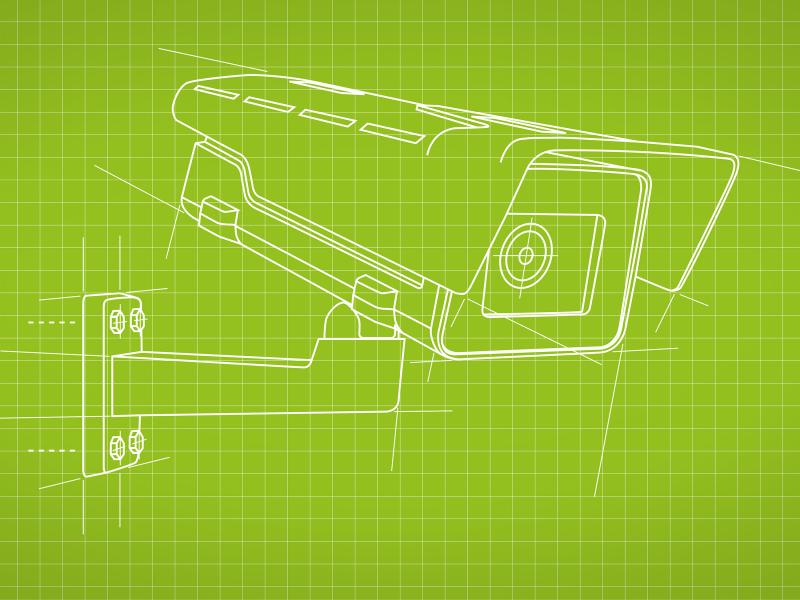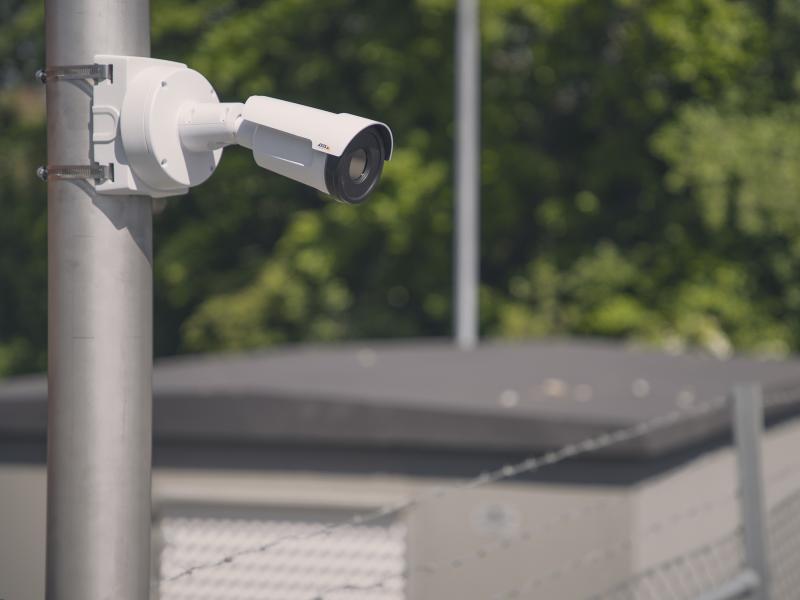
Science-based emission reduction targets
As part of our strategy to beat climate change, we aim to reduce our carbon footprint to limit global warming. We have set science-based emission targets that gives us a defined path to reduce our environmental impact. This commitment is in line with the Paris Agreement, to limit global warming to well-below 2°C above pre-industrial levels and pursue efforts to limit warming to 1.5°C.
By 2030* we aim to reduce the emissions created by our own operations** by 42% and to reduce the emissions caused upstream and downstream our value chain*** by 51,6%.
*Baseline 2022 **Scope 1+2 ***Scope 3

Green design and circularity
We focus on making the product lifecycle more circular. This starts by using a green design approach, lowering waste, and streamlining logistics flows to cut emissions. We have set a goal to ensure all products are free from materials such as brominated and chlorinated flame retardants (BFR and CFR) by latest 2024. We will also phase out PVC and increase the use of renewable carbon-based plastic. Green design is also about reducing components such as screws while increasing the life length of products, and making repair, reuse, and recycling keys to our future product development.

Safer material choices
We try to choose materials classed as safe to make sure they are not harmful to humans, have a minimum effect on the environment and can be reused without contamination. We meet the standards in EU directives on restricting certain hazardous substances including the Registration, Evaluation, Authorization and Restriction of Chemicals (REACH). Our products do not contain conflict minerals such as gold, tantalum, tin, or tungsten that finance armed conflicts. Neither do we engage in any sourcing activities which may finance conflicts or involve any form of violation of human rights or compulsory labor.

Kinder to the climate
Analysis shows that 60-80 % of environmental impact from network cameras comes from energy consumption while they are running. We are researching into innovative technologies to reduce the amount of energy our products use. Examples include Axis Lightfinder technology that delivers high-resolution, full-color video even in near darkness. It delivers excellent image quality with needing external light sources.

What makes a city smart? Effectively improving quality of life for people who live in them. Our solutions help cities meet their daily challenges, while supporting their sustainability goals, like monitoring and analyzing air quality, noise pollution, weather, waste, and optimizing street lighting.